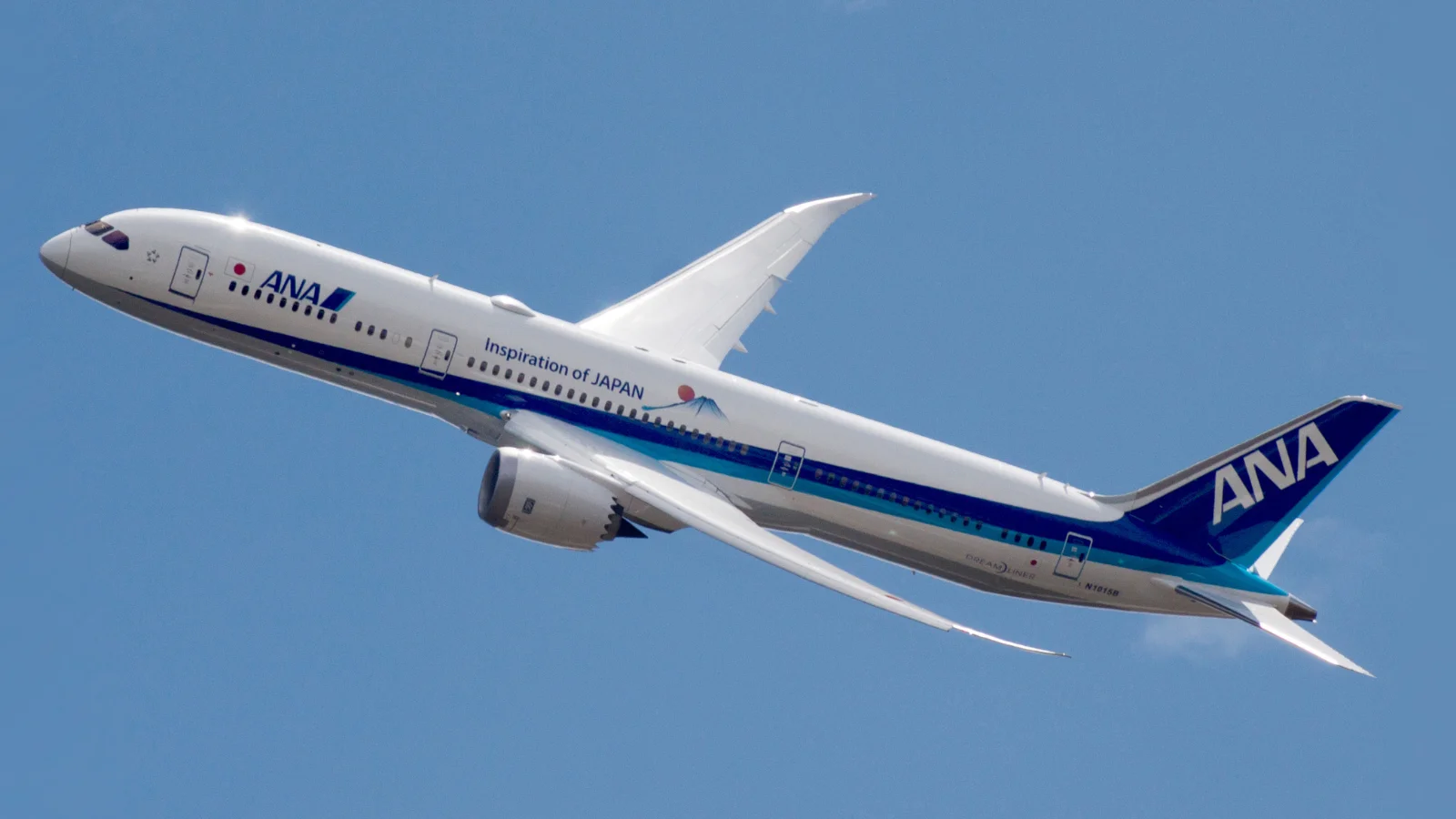When comparing Rolls-Royce's Trent XWB and Trent 1000 engines, the question of power is central. Both engines are integral to some of the world's most iconic widebody aircraft: the Airbus A350 and the Boeing 787 Dreamliner, respectively.
The Rolls-Royce Trent XWB stands out as the more powerful engine when considering maximum certified thrust output. The XWB-97 variant delivers up to 97,000 pounds of thrust, surpassing the highest-rated Trent 1000 TEN variant at 78,000 pounds. However, power in aviation also involves thermal efficiency, specific fuel consumption (SFC), and time-on-wing metrics.
According to Rolls-Royce data, the XWB family includes two main variants: XWB-84 and XWB-97. These power different models of the Airbus A350 with respective thrusts of 84,000 and 97,000 pounds. Meanwhile, the Trent 1000 family features several models optimized for Boeing 787 aircraft.
 Alerts Sign-up
Alerts Sign-up







